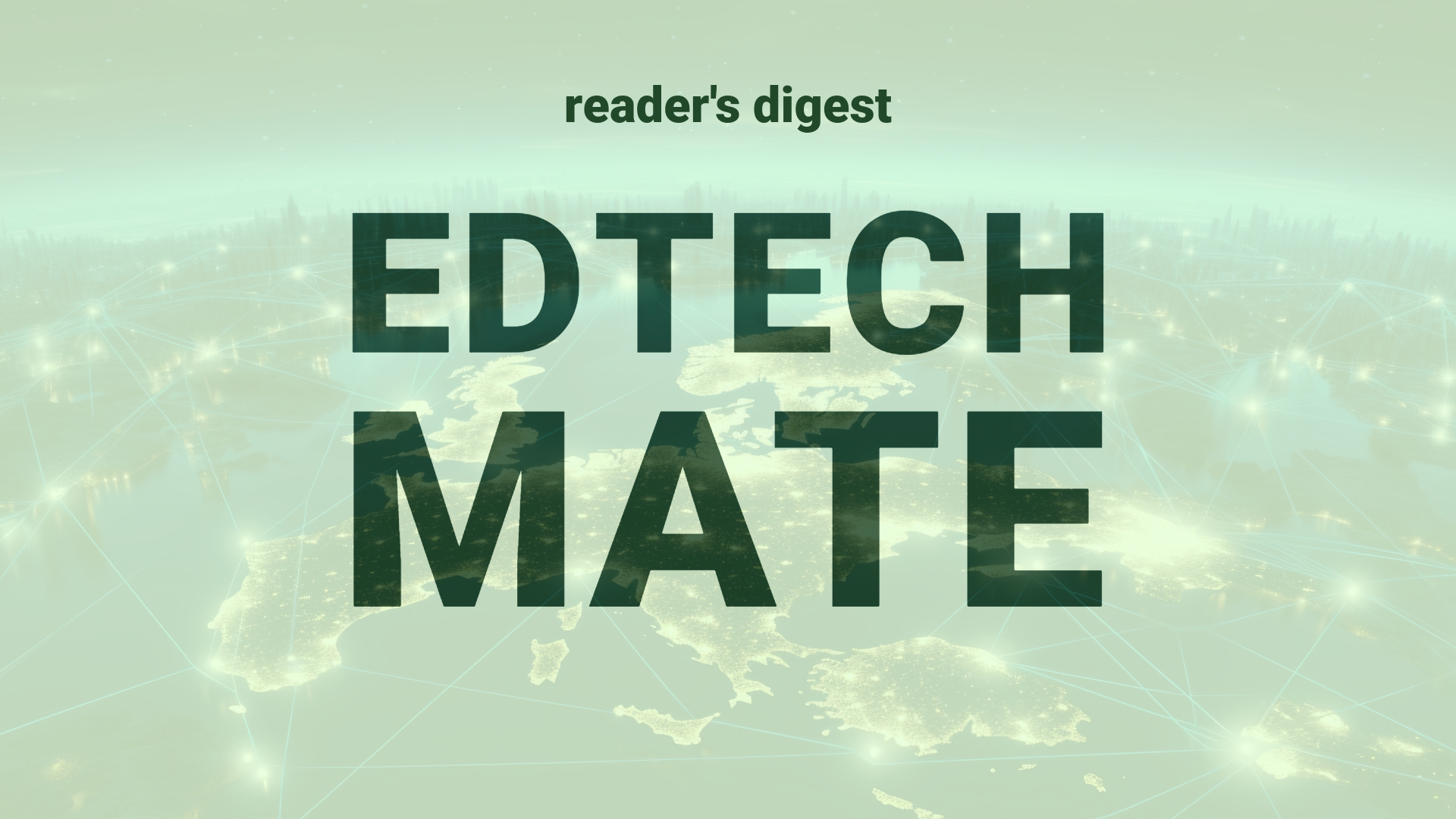“`html
Executive Summary and Main Points
Recent research highlights a concerning trend in global IT security, particularly in overlooked areas such as multifunction printer security. The Foundry’s 2023 Security Priorities report and Quocirca’s Global Print Security Landscape 2023 underscore a proliferation of sophisticated cyber-attacks and a lag in comprehensive defense mechanisms. Quocirca’s findings indicate that a significant portion of organizations have suffered data loss due to unsecured printing practices. Furthermore, there is a discrepancy between CISOs’ and CIOs’ perceptions of print security challenges. Emerging trends like the adoption of zero-trust security models show promise but are still not widely implemented.
Potential Impact in the Education Sector
The threats outlined in the IT security reports have profound implications for Further Education and Higher Education institutions, which host a plethora of sensitive data and intellectual property. As universities and colleges increasingly rely on technology, failing to secure printing infrastructure can lead to significant data breaches. Micro-credentials, a growing trend in personalized and professional education, also depend on robust IT systems. Addressing print security gaps is essential, and allocating increased budget to print security is imperative. Potential partnerships with cybersecurity firms and digital solution providers could enhance the overall security posture of educational institutions.
Potential Applicability in the Education Sector
Adopting strategies like zero-trust security can dramatically decrease the risk of unauthorized access to networked printers within educational environments. Regular software updates, penetration testing, and network segmentation are applicable measures for fortifying printers against cyber threats. Tools like uniFLOW by Canon offer tailored security for multifunction printers, integrating advanced feature sets for real-time monitoring, access restriction, and encrypted document transfer. These measures can be customized to suit the specific security needs of educational networks globally, safeguarding sensitive academic data.
Criticism and Potential Shortfalls
A critical look at the current security measures reveals potential shortfalls in printer security, with some organizations underestimating the risks printers pose. The disconnect between executive perceptions can lead to insufficient protection and response strategies. International case studies, such as universities that have fallen victim to data breaches through unsecured printing, illustrate real-world consequences of security oversight. Ethically, such breaches can violate privacy regulations, while culturally, they can erode trust within the academic community. The overall effectiveness of these security measures also depends heavily on user compliance and awareness.
Actionable Recommendations
To mitigate printer-related security risks in higher education, it’s recommended to conduct independent, in-depth risk assessments and to prioritize printer security alongside broader IT strategies. Strategic insights for education leadership include fostering a culture of security awareness, investing in zero-trust infrastructure, and regular internal audits. Partnerships with technology providers implementing sophisticated security measures, such as Canon’s imageRUNNER ADVANCE DX Series, should be considered. Additionally, educational institutions could benefit from allocating dedicated resources to ensure the consistent upholding of security policies and procedures for printer networks.
“`
Source article: https://www.cio.com/article/1311127/is-your-print-environment-secure-heres-why-it-should-be-your-2024-priority.html

